Luguang Liang
Type-supervised sequence labeling based on the heterogeneous star graph for named entity recognition
Oct 19, 2022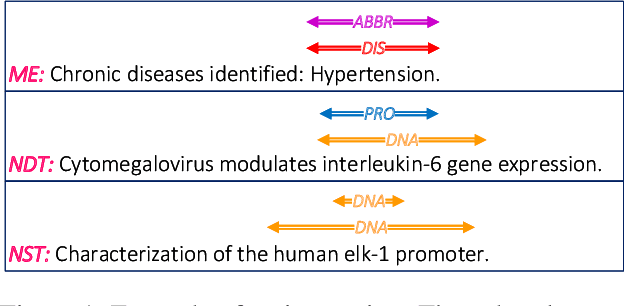

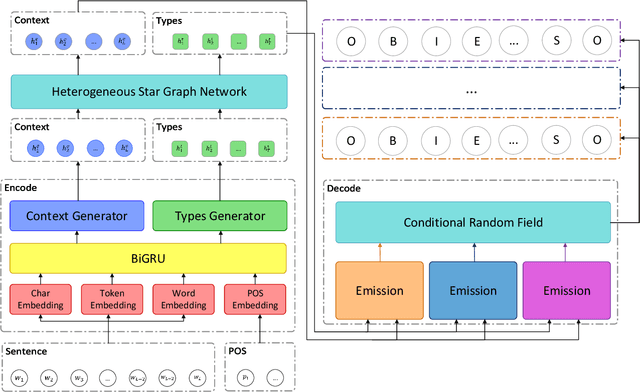
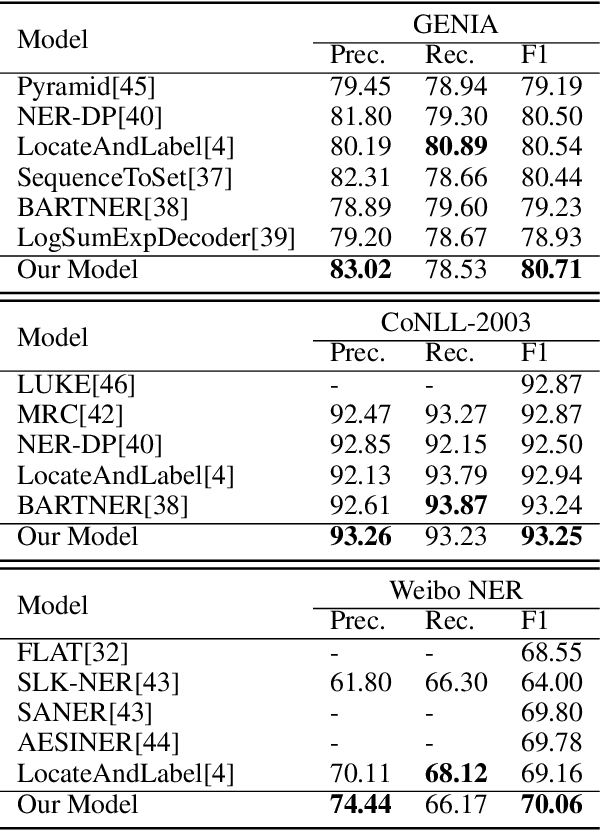
Abstract:Named entity recognition is a fundamental task in natural language processing, identifying the span and category of entities in unstructured texts. The traditional sequence labeling methodology ignores the nested entities, i.e. entities included in other entity mentions. Many approaches attempt to address this scenario, most of which rely on complex structures or have high computation complexity. The representation learning of the heterogeneous star graph containing text nodes and type nodes is investigated in this paper. In addition, we revise the graph attention mechanism into a hybrid form to address its unreasonableness in specific topologies. The model performs the type-supervised sequence labeling after updating nodes in the graph. The annotation scheme is an extension of the single-layer sequence labeling and is able to cope with the vast majority of nested entities. Extensive experiments on public NER datasets reveal the effectiveness of our model in extracting both flat and nested entities. The method achieved state-of-the-art performance on both flat and nested datasets. The significant improvement in accuracy reflects the superiority of the multi-layer labeling strategy.
End-to-End Entity Detection with Proposer and Regressor
Oct 19, 2022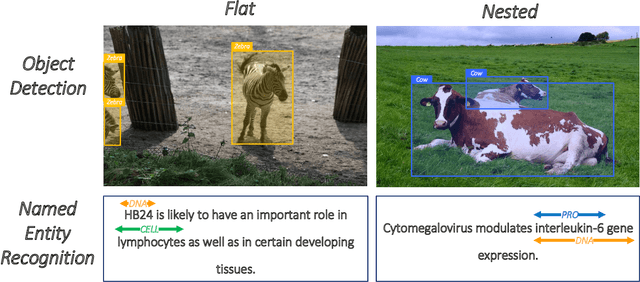


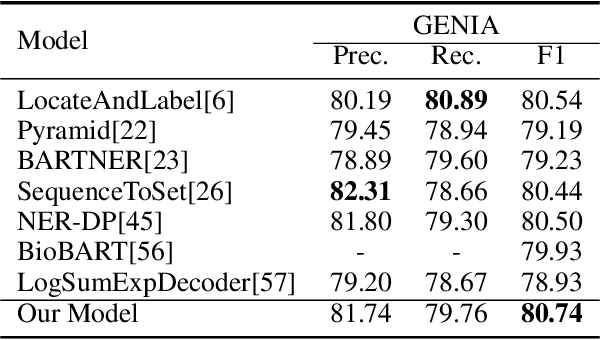
Abstract:Named entity recognition is a traditional task in natural language processing. In particular, nested entity recognition receives extensive attention for the widespread existence of the nesting scenario. The latest research migrates the well-established paradigm of set prediction in object detection to cope with entity nesting. However, the manual creation of query vectors, which fail to adapt to the rich semantic information in the context, limits these approaches. An end-to-end entity detection approach with proposer and regressor is presented in this paper to tackle the issues. First, the proposer utilizes the feature pyramid network to generate high-quality entity proposals. Then, the regressor refines the proposals for generating the final prediction. The model adopts encoder-only architecture and thus obtains the advantages of the richness of query semantics, high precision of entity localization, and easiness for model training. Moreover, we introduce the novel spatially modulated attention and progressive refinement for further improvement. Extensive experiments demonstrate that our model achieves advanced performance in flat and nested NER, achieving a new state-of-the-art F1 score of 80.74 on the GENIA dataset and 72.38 on the WeiboNER dataset.
 Add to Chrome
Add to Chrome Add to Firefox
Add to Firefox Add to Edge
Add to Edge